Introduction
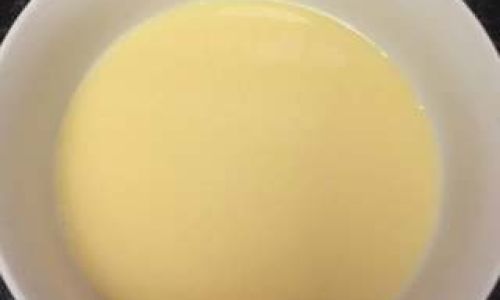
In the realm of culinary delights, simple dishes often hold the most profound flavors and memories. One such dish that epitomizes simplicity and elegance is steamed egg custard, commonly known as steamed water eggs in many parts of the world. This delicate, creamy, and smooth dessert or breakfast item is a staple in Chinese cuisine but has garnered fans worldwide due to its mild taste and soothing texture. While the recipe may seem straightforward, achieving the perfect balance of texture and flavor requires attention to detail and a few key techniques. This comprehensive guide aims to demystify the process and empower you to create restaurant-quality steamed egg custard at home.
Understanding the Ingredients
Before diving into the preparation, let’s break down the essential ingredients and their roles in creating the perfect steamed egg custard.
-
Eggs: The foundation of any egg custard, eggs provide structure, richness, and flavor. Large eggs are typically used, and the number will depend on the serving size desired.
-
Water or Milk: This liquid component is crucial for achieving the desired consistency. Water yields a lighter, more delicate texture, while milk adds creaminess and a slight richness. The ratio of eggs to liquid is critical; too much liquid can result in a runny custard, while too little will make it dense and rubbery.
-
Salt and Pepper: These seasonings enhance the natural flavor of the eggs without overpowering them. A pinch of salt is usually sufficient, and a dash of white pepper can add a subtle depth.
-
Soy Sauce or Light Seasoning Sauce: Traditionally, a drizzle of soy sauce adds a savory umami element, making it perfect for breakfast or a light meal. Alternatively, light seasoning sauces like fish sauce or oyster sauce can be used for a different flavor profile.
-
Sesame Oil or Cooking Oil: A few drops of sesame oil add a nutty aroma and flavor, enhancing the overall experience. Cooking oil can be used as a substitute if sesame oil is not available.
-
Green Onions or Scallions: Finely chopped, these add a fresh, mild onion flavor and a pop of color to the dish.
Equipment Needed
-
Mixing Bowls: One for beating the eggs and another for combining with the liquid, ensuring no egg shells are accidentally mixed in.
-
Measuring Cups and Spoons: Accuracy in measuring ingredients is key to achieving the perfect consistency.
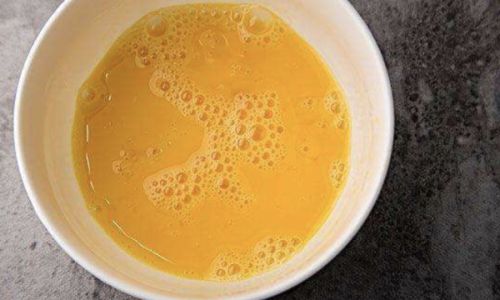
-
Whisk or Fork: For thoroughly mixing the eggs and liquid without introducing too many air bubbles.
-
Strainer: Passing the mixture through a fine-mesh strainer removes lumps and ensures a smoother texture.
-
Steamer or Pot with Steaming Rack: The heart of the cooking process, a steamer maintains a gentle heat that cooks the custard evenly without overcooking the surface.
-
Heatproof Bowl or Ramekin: These containers hold the egg mixture and should fit comfortably in your steamer without touching the water directly.
-
Aluminum Foil or Lid: To cover the bowl and prevent condensation from dripping into the custard, which can cause it to become watery.
Step-by-Step Preparation
Step 1: Preparation of Ingredients
Begin by gathering all your ingredients and ensuring they are at room temperature. Cold eggs and liquid can slow down the mixing process and make it harder to achieve a smooth consistency. Crack the eggs into a mixing bowl and set aside. Measure out the water or milk, salt, and pepper.
Step 2: Mixing the Eggs
Using a whisk or fork, beat the eggs lightly until the yolks and whites are fully combined. Avoid over-whisking, as this can incorporate too much air, leading to a less tender custard.
Step 3: Adding the Liquid
Gradually pour the measured water or milk into the beaten eggs, whisking constantly to prevent the mixture from separating. Continue whisking until the liquid is fully incorporated and the mixture is uniform in color and consistency. At this point, you can add a pinch of salt and a dash of white pepper, whisking gently to combine.
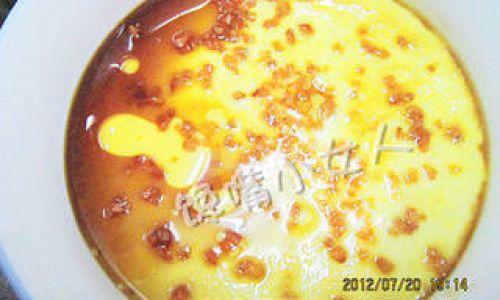
Step 4: Straining the Mixture
Pour the mixture through a fine-mesh strainer into another bowl. This step removes any lumps or bits of eggshell that may have been inadvertently mixed in, ensuring a silky smooth custard.
Step 5: Preparing the Steamer
Fill the bottom of your steamer or pot with enough water to reach just below the steaming rack. Bring the water to a gentle simmer. Avoid letting it boil rapidly, as this can cause the custard to curdle.
Step 6: Pouring the Mixture
Carefully pour the strained egg mixture into your heatproof bowl or ramekin. Cover the bowl with aluminum foil or a lid, making sure it doesn’t touch the surface of the custard to prevent condensation.
Step 7: Steaming the Custard
Place the bowl on the steaming rack and cover the steamer. Steam the custard over medium-low heat for about 10-15 minutes, or until the edges are set but the center still jiggles slightly when gently shaken. The exact timing will depend on the size and depth of your bowl and the intensity of your steamer’s heat.
Step 8: Cooling and Serving
Once done, remove the bowl from the steamer and let it cool slightly. This helps the custard firm up further. Be cautious of the hot steam and use oven mitts or towels to handle the bowl. Once cool enough to handle, you can transfer the custard to a serving plate if desired.
Step 9: Finishing Touches
Drizzle a small amount of soy sauce, light seasoning sauce, or your preferred flavoring over the top of the custard. Add a few drops of sesame oil for aroma and flavor. Garnish with finely chopped green onions or scallions for a burst of color and freshness.
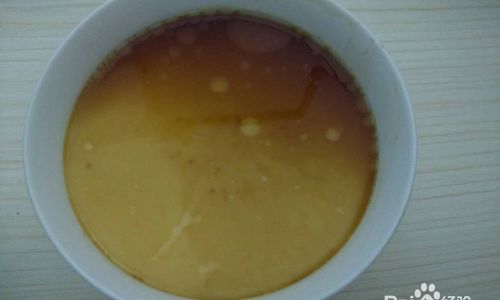
Troubleshooting Common Issues
-
Runny Custard: This is often due to too much liquid or not enough steaming time. Adjust the liquid ratio and ensure the custard is fully cooked.
-
Tough or Dense Custard: Over-mixing, using too high heat, or steaming for too long can cause this. Use gentle mixing techniques, maintain a gentle simmer, and watch the cooking time closely.
-
Condensation Droplets: Covering the bowl with foil or a lid that doesn’t touch the custard’s surface can prevent this. If droplets form, gently blot them away with a paper towel before serving.
-
Lumpy Texture: Always strain the mixture to remove lumps and ensure a smooth texture.
Serving Suggestions
Steamed egg custard is versatile and can be enjoyed at any time of day. For breakfast, pair it with a steaming cup of tea or coffee. As a light meal, serve it with a side of steamed vegetables or a simple salad. For dessert, consider adding a drizzle of honey or a sprinkle of cinnamon for added sweetness.
Storage Tips
Leftover steamed egg custard can be stored in an airtight container in the refrigerator for up to two days. To reheat, place the container in a steamer or microwave until heated through, being careful not to overcook and dry out the custard.
Conclusion
Mastering the art of steamed egg custard is a rewarding culinary endeavor that yields a dish both humble and elegant. With its creamy texture and mild flavor, it’s easy to see why this dish has become a beloved staple across cultures. By following the steps outlined in this guide, paying attention to detail, and experimenting with different flavor combinations, you can create steamed egg custard that is as satisfying to make as it is to eat. So, gather your ingredients, set up your steamer, and embark on a culinary journey that will delight your taste buds and nourish your soul. Happy cooking!
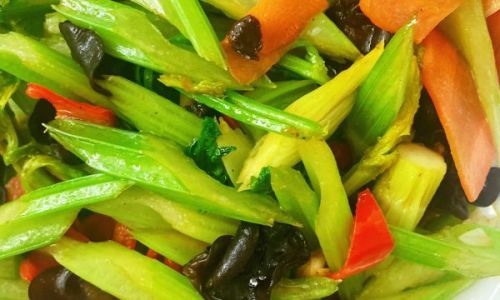
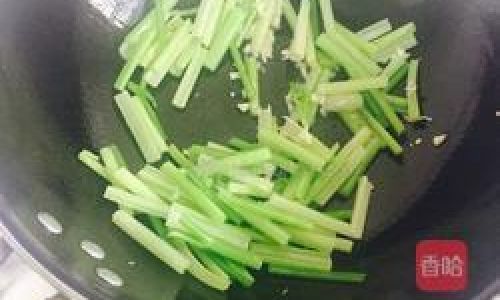
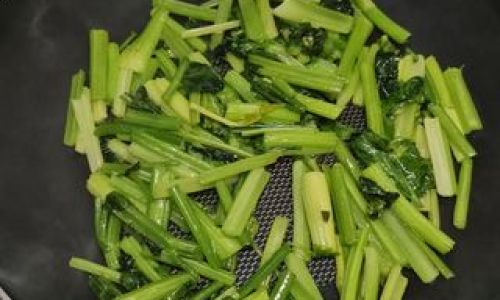
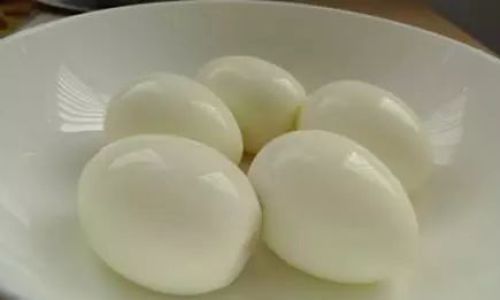
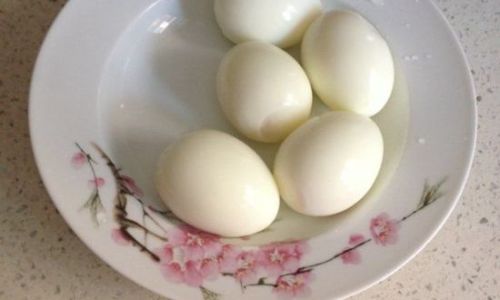
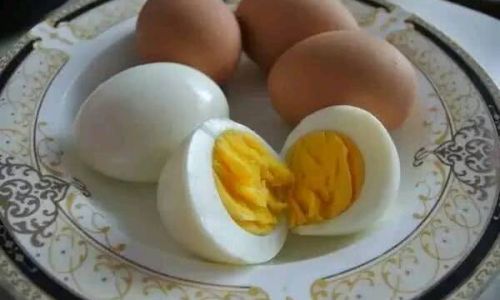
0 comments